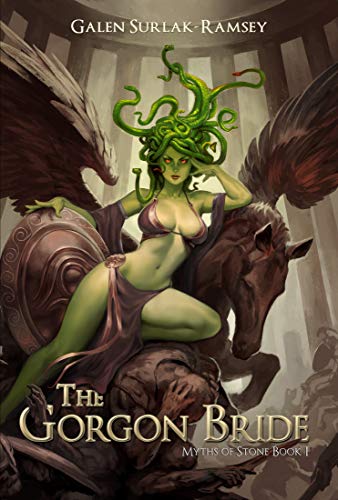Spirits v. Readers
If the spirits from the short stories in Lafcadio
Hearn’s Kwaidan: Stories and Studies of
Strange Things, were on trial for
good or evil, I’d argue for their neutrality with the capacity for either one.
Exhibit A: In “The Story of Mimi-Nashi-Hōïchi,” the
spirits of those killed in the battle at Dan-no-ura wanted to hear beautiful
music. They wailed with grief during Hōïchi’s recitation of their deaths. When
Hōïchi, influenced by the priest’s fear, refused to go with the samurai’s
ghost, the spirit didn’t rip off Hōïchi’s ears in rage. He simply thought he
was looking at the remnants of the musician and took them back to the cemetery.
Exhibit B: The priest was convinced the spirits would
tear Hōïchi to pieces if he disobeyed them, which is what appeared to happen. Perhaps
they’ve been misunderstanding the nature of these ghosts.
Horror in western culture seems to just happen to
people, like the family who moves into a house that’s coincidentally infested
with evil spirits. But I found myself emphasizing with the spirits from Kwaidan.
Plus, Hōïchi’s story is one of the most compelling
supernatural pieces I’ve ever read. The description of ghost fires burning
across the dark beach made me feel like I was there.
The perspective of a blind main character made the
story even eerier, because, for part of the story, he didn’t realize he was
communicating with the dead. The auditory details add to the unsettling
atmosphere, like the samurai spirit’s heavy footfalls. The moment where the
audience realizes he is in a cemetery, seemingly alone, instead of in a temple,
is chilling.
Furthermore, the scariness of these short stories,
beyond just Hōïchi’s story, seems to come from the fact that spirits were
different from living humans, whether it was O-Tei’s rebirth, the executed
man’s threat of ghostly vengeance in “Diplomacy,” or the female oshidori’s
pain, communicated through a dream.
Though they reacted with fear, the characters in the
short stories readily accepted the existence of sprits. In modern horror
stories, the characters often pretend everything is normal or try to convince
their family that what they’re seeing is real—that they’re not going crazy.
Moreover, a similarity to western horror is gore, like
Hōïchi’s severed ears. Humans around the world have the same basic instincts.
Dismemberment or death are universally disturbing. People don’t like thinking
about those things. Shocking, I know.
Even the lack of facial features of the shapeshifters
in “Mujina” can fall into this category. But arguably, the shapeshifter didn’t
do anything. The humans just became frightened of its appearances.
Another aspect of these stories is the conception of
human bodies. A footnote of “The Story of Mimi-Nashi-Hōïchi” explained that
emptiness and form are the same. “The Tradition of the Tree Plant” from Hearn’s
Chinese Ghost Stories also mentions
how forms, and the pain that accompanies them, are temporary. If spirits are
formless, they are not so different from humans. Just imbalanced. Maybe people really
only have to fear what they could become.



Comments
Post a Comment